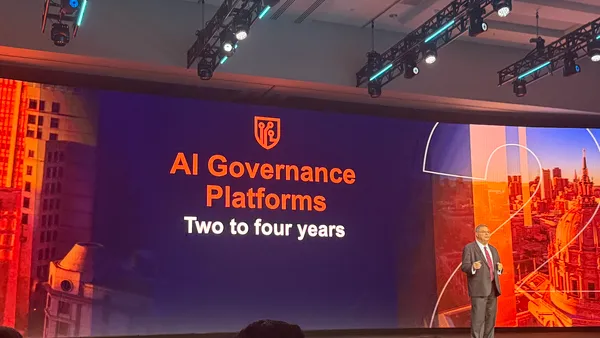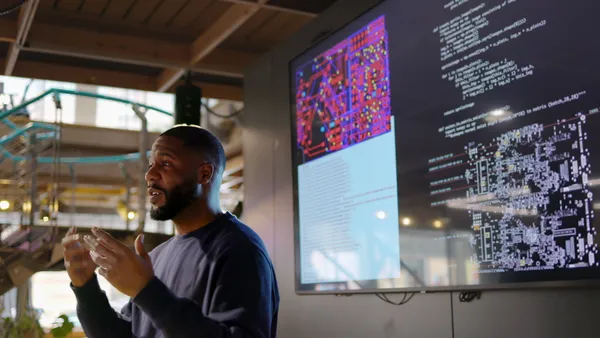Dive Brief:
-
Kaiser Permanente appointed Diane Comer as its chief information technology officer, the healthcare company announced Wednesday. Comer will report to Greg Adams, chair and chief executive officer.
-
Comer, who first joined the healthcare company in 2007, led the implementation of a new telephony infrastructure within the organization, and helped deploy the technology systems needed to support the Affordable Care Act and health insurance exchanges.
- In June 2020, Comer became the company's interim CIO, following the retirement of former EVP and CIO Richard Daniels.
Dive Insight:
For the healthcare sector, the pandemic put a squeeze on financials and IT systems amid an onslaught of demand. Kaiser Permanente, a nonprofit healthcare and insurance provider with a network of 12.4 million members, saw its net income fall by nearly 15% compared with 2019, Healthcare Dive reports.
In the healthcare sector, digital priorities include telehealth, which shot nearly 3,000% year over year in December 2020. Comer delivers extensive familiarity with the company after more than a decade at Kaiser Permanente.
The company did not immediately provide clarity on the difference between the scope of Comer's past and new position, but the announcement states the executive will lead strategies geared at improving the employee and consumer experience.
In her new role, Comer will advance the company's "consumer-focused and data-rich capabilities," which are key to Kaiser Permanente's strategy, Adams said, in the release.
Frequently, large organizations have a CIO and a CTO as part of their leadership team. At some organizations, such as Peloton and Ocean Spray, the same executive will wear both hats and serve as the CIO/CTO.
The chief information technology officer is a less common role, though past CIO Dive coverage notes companies such as Avon and Carlson Rezidor Hotel Group have appointed CITOs in the past.
Technology pressures on the organizations, from digitization of processes and changes in consumer patterns, have made tech leaders expand their focus on external-facing projects, rather than internal. Companies look to their CIOs to straddle the line of business and technology in order to translate for tech and guide projects effectively.














